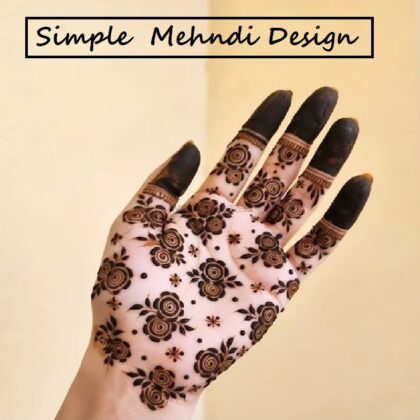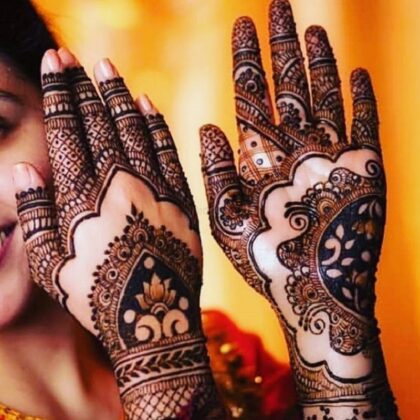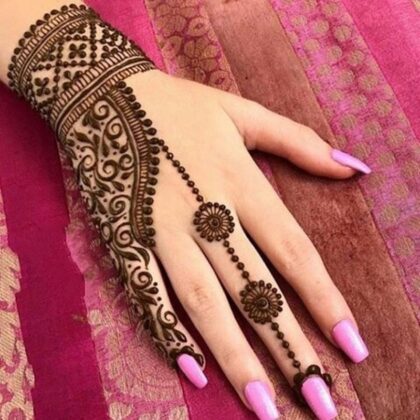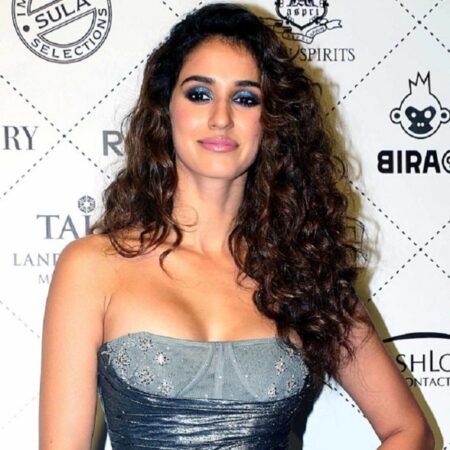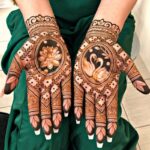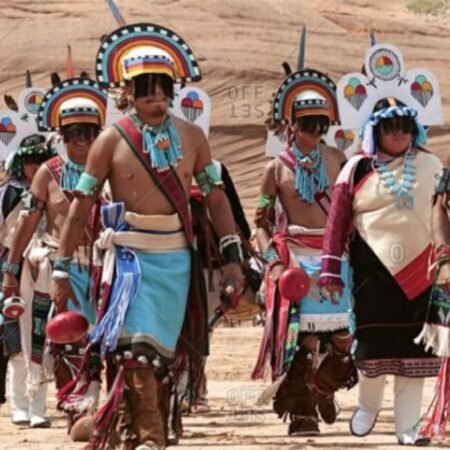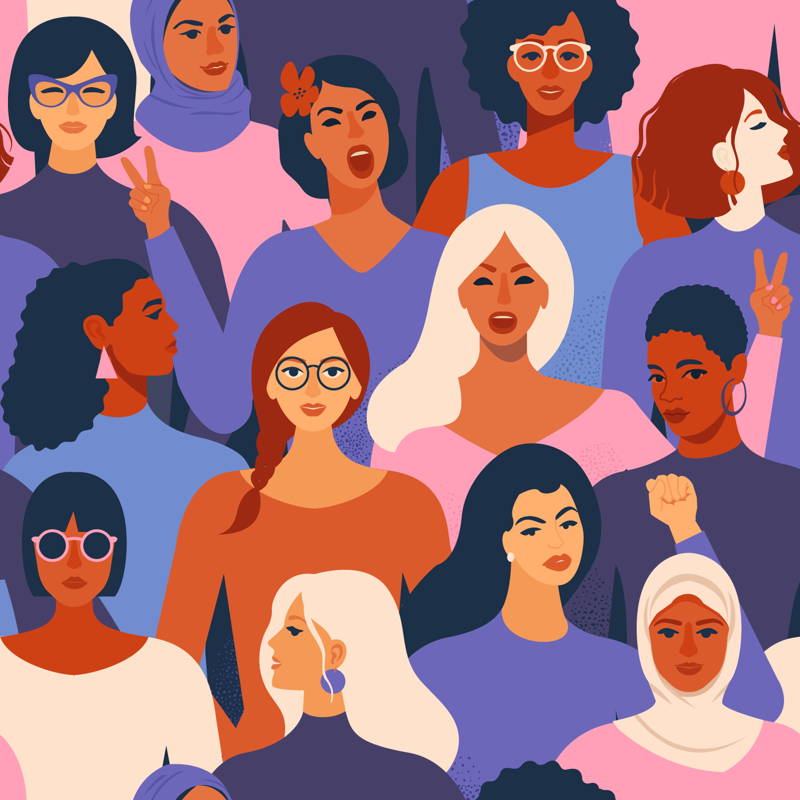
As we all know, feminism is a movement that aims at achieving gender equality in an inherently patriarchal society. But, not many of us know what intersectional feminism means or what it actually stands for. Even though this concept has been around for decades, it made its way into the mainstream debate only a few years ago. In this article, we break down the concept of intersectionality in feminism and help you understand its indispensable role in today’s feminist movement.
What Is Intersectional Feminism?
Let’s start with the basics. The term ‘intersectionality’ was coined by the American civil rights advocate and professor Kimberlé Crenshaw in 1989. Although the ideas behind intersectional feminism existed long before this term was coined, Crenshaw was the one to put a name to it and articulate its true meaning.
The Merriam-Webster dictionary defines intersectionality as “the complex, cumulative way in which the effects of multiple forms of discrimination (such as racism, sexism, and classism) combine, overlap or intersect especially in the experiences of marginalized individuals or groups.”
In other words, intersectionality acknowledges that certain groups of people have to deal with more than just one form of oppression. These groups are affected by multiple layers of injustice and power. For instance, if I’m a woman of color, I experience certain disadvantages because I’m a woman and certain other disadvantages because I’m a woman of color. Now if I add that I’m a lesbian, I suffer oppression on another level. When you layer different forms of oppression on top of each other, you end up with double or triple the disadvantages.
Crenshaw explains that Black (and Brown) women are discriminated against in ways that often do not neatly fit within the legal categories of either sexism or racism – but a combination of many.
Why Is Intersectional Feminism So Important?
As Kimberlé Crenshaw emphasizes, “If you don’t have a lens that has been trained to look at how various forms of discrimination come together, you’re unlikely to develop a set of policies that will be as inclusive as they need to be.”
When it comes to activism, countless groups of people are left out, and this is where intersectionality swoops in. One of the main things intersectional feminism is trying to do is point out that feminism today does not adequately reflect all the layers of women from different backgrounds and how these layers impact the woman’s ability to live a wholesome life. It highlights the interconnectedness of social constructs, such as class, race, gender, and socioeconomic status.
Intersectionality is essential today because it strives to include all groups in this movement for equality. Think about it: there is no way we can attain equality if we don’t include all people. We need to get everyone on board: women of color, women with disabilities, queer women, trans women, women with diverse religious backgrounds, women from low socio-economic backgrounds – everyone. We all deserve to have our voices heard.
Ultimately, because mainstream feminism can’t seem to comprehend that sexism and racism are often not experienced separately but simultaneously, intersectional feminism is the powerful force that we need against the interwoven prejudices people face in their daily lives. In this present era of Black Lives Matter, #SayHerName, and Me Too movements, intersectional feminism is more important than ever.
[ Read: What Is The Difference Between Womanism And Feminism ]
Examples Of Intersectionality In Everyday Life
Can you imagine living a life in which your identity is defined continuously by only one of the widely accepted social constructs, such as your sexual orientation, religion, gender, class, or race? I’m sure you can’t.
So, here are a few examples of intersectionality as it played out in real life:
- A part of what inspired Kimberlé Crenshaw, the woman behind the term ‘intersectional feminism’, was the Missouri court case DeGraffenreid vs. General Motors. A black woman named Emma DeGraffenreid sued General Motors, saying that the company segregated its workforce by race and gender. Black women faced the consequences because the black jobs were only suitable for men, and the women’s roles were only reserved for white women. Isn’t this clear discrimination even if some women and some Black men were hired? Unfortunately, DeGraffenreid and her fellow Black women lost the case because the court said the women could not have been discriminated against because of both race and gender.
- A trans activist was arrested in Phoenix, Arizona on an inaccurate prostitution charge. The law in Phoenix allows the police to arrest anyone suspected of “manifesting prostitution” by actions such as waving for cars to stop or engaging a passer-by in conversation. Activists claim that the police uses the ordinance to target transgender women of color in particular on the basis of the belief that they are more likely to engage in sex work.
- Hijab cases are regarded as an ideal example of intersectionality, as gender and religion are interwoven in the use of the Muslim veil.
All through its history, feminism and its movements have been a battle against gender inequality and gendered politics. But, as we can see, the issue is mightier and not limited to just gender. The only way forward is if we start listening to various groups of women within the feminist movement itself. We need to listen to each other and provide the space to each other to validate our experiences and feelings.

